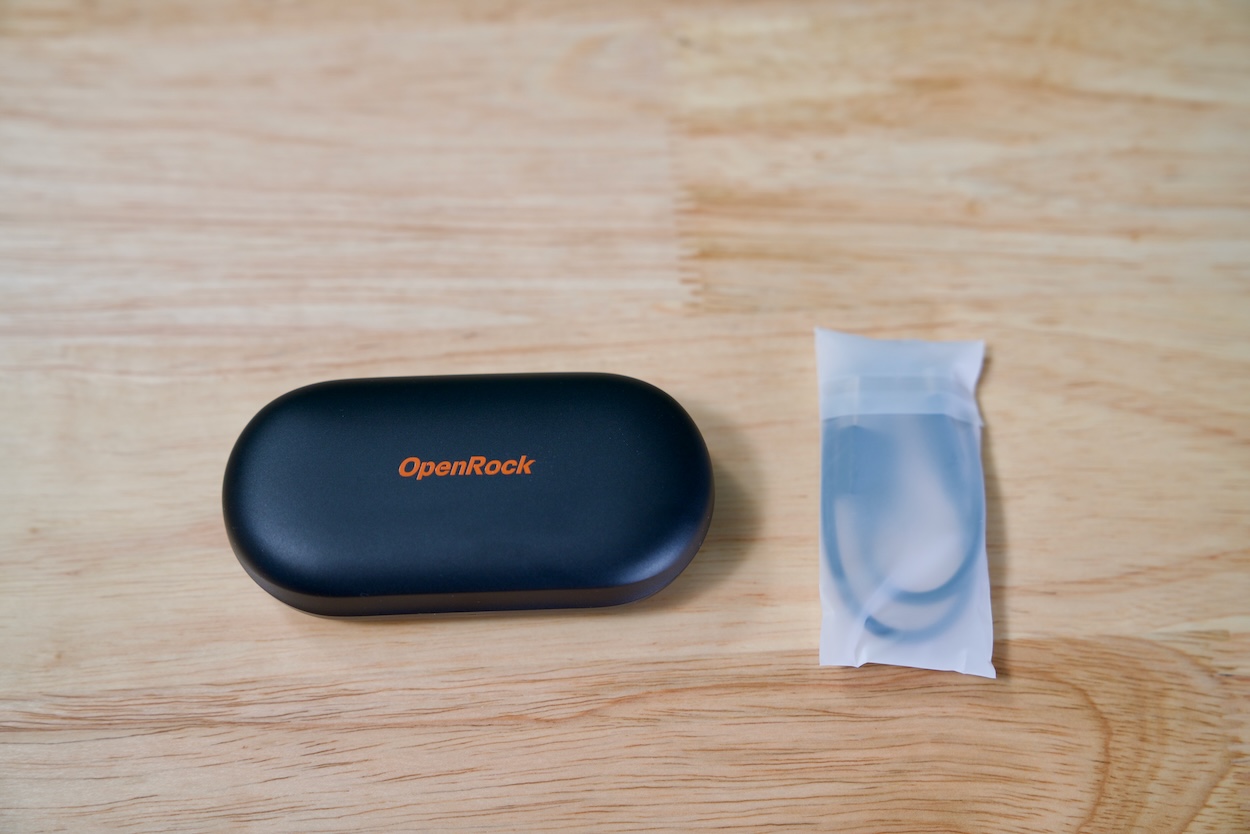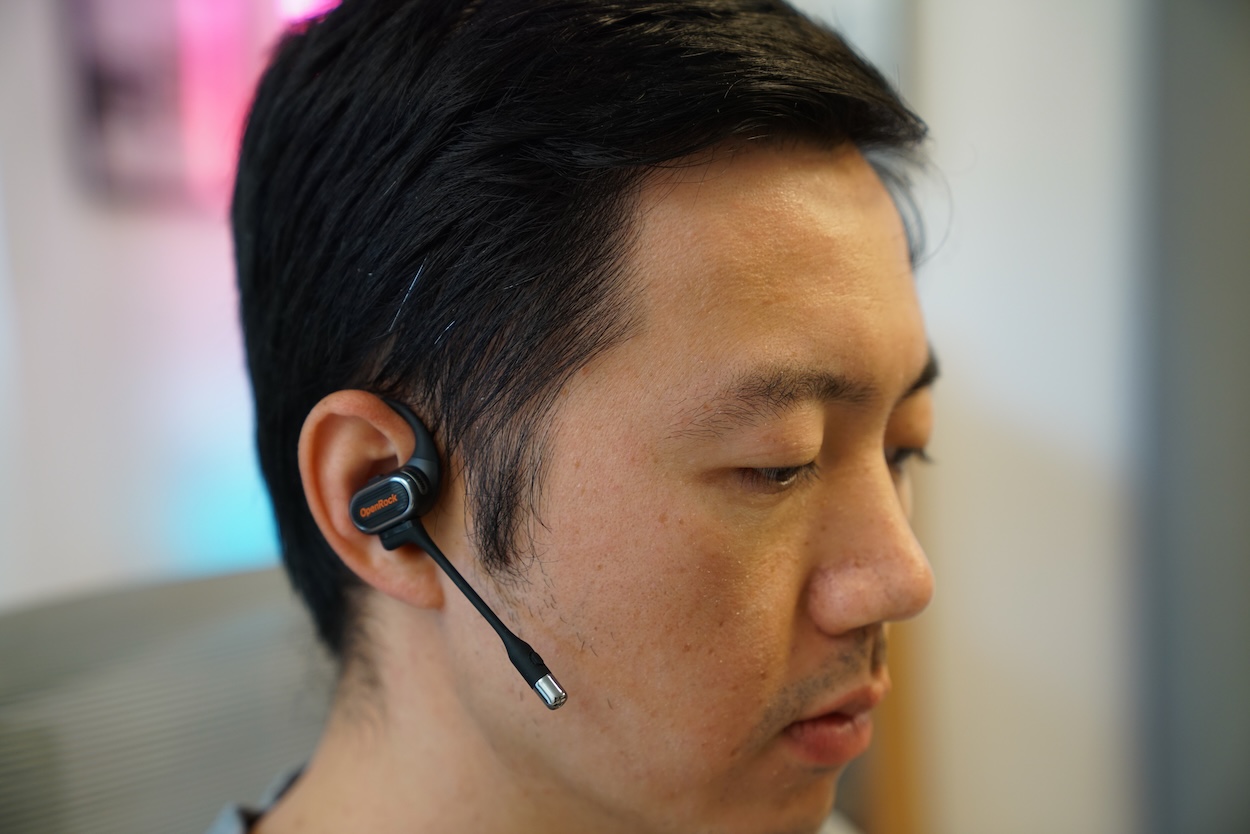OpenRock is a company specializing in open-ear sports earbuds and the OpenRock Link 20 is their latest product designed for remote workers, students, and anyone spending long hours on calls.
Disclosure: We received the headset as a courtesy for review purposes. However, the review is intended to provide honest, unbiased insights about the product, based on personal experiences and observations.
Design and Comfort
OpenRock focuses on making the Link 20 comfortable. Rather than sealing off the ears, the Link 20 uses an air-conduction, open-ear design that prioritizes comfort and awareness of your surroundings. The soft silicone-coated ear hooks are reinforced with titanium wire. This ensures the headset remains stable even when you need to walk around during calls.

In day-to-day use, the Link 20 is easy to wear for hours without discomfort, and the open-ear style means you stay aware of what’s happening around you. Notably, there is a detachable boom microphone which snaps magnetically onto either earpiece and instantly switches the headset into Voice Mode. The boom microphone enhances voice clarity, making it suitable for professionals who need to make calls regularly.

Battery life is another advantage. The earbuds themselves offer up to 9 hours of talk time or around 13 hours of music playback, and the charging case extends that to 36 hours for calls and 52 hours for music. It features quick charging via the USB-C port, so you can gain around an hour of use from just 5 minutes of charging.

Sound Performance
When it comes to voice, the Link 20 performs well as 4 internal microphones work together with the detachable boom mic to filter out background noise. As the result, we have a great experience as the person on the other end always can hear your voice clearly, even on busy streets.

On the other hand, music playback is just acceptable. The open-ear design naturally limits bass, so you might be disappointed if you like deep lows. However, the mids and treble come through cleanly, giving vocals, podcasts, and acoustic tracks good presence. Besides, the lack of passive noise isolation means it’s not ideal for noisy flights or crowded trains where you want to block out ambient sound.

Conclusion
The biggest strengths of the Link 20 are its comfort, battery performance, and call quality. It’s a great tool for communication, lectures, but not good enough for music listening because of the weak bass response. At around $100, I think it is priced fairly for what it offers. It doesn’t aim to replace premium noise-cancelling headphones but instead serves as a comfortable headset for people who prioritize voice clarity and awareness of their surroundings.
Its suggested retail price is $149.99 but you can back the KickStarter project for just $90.



